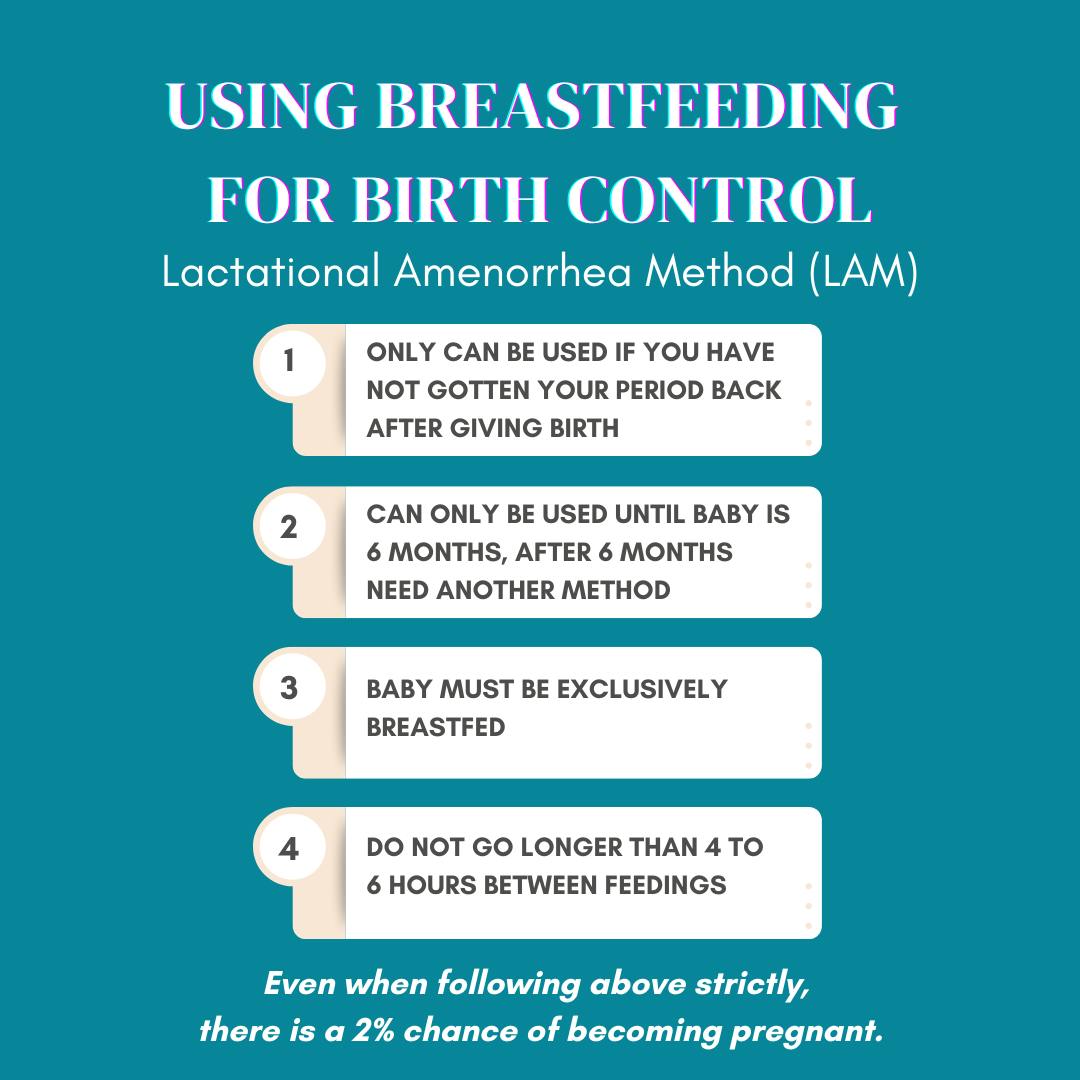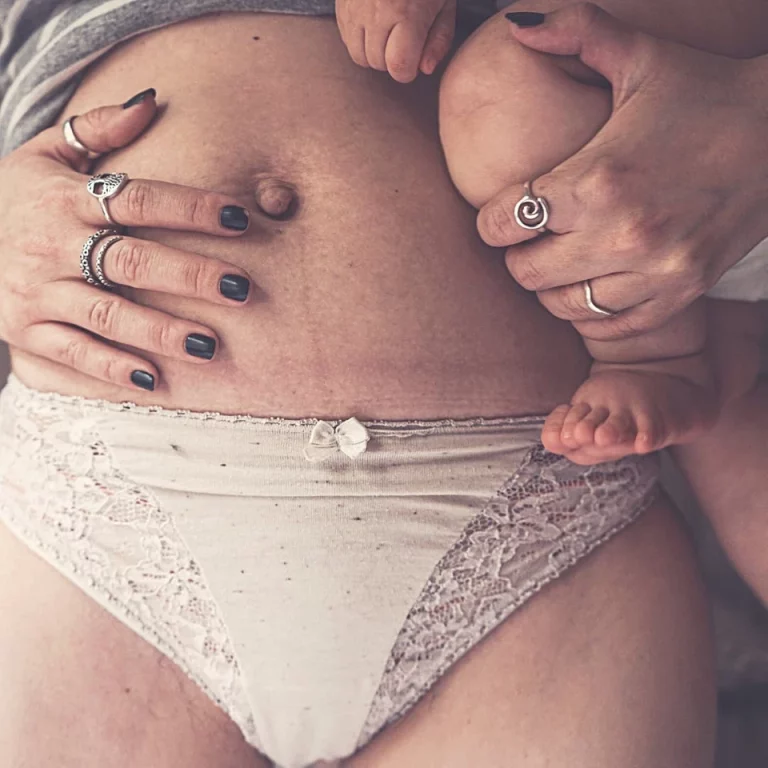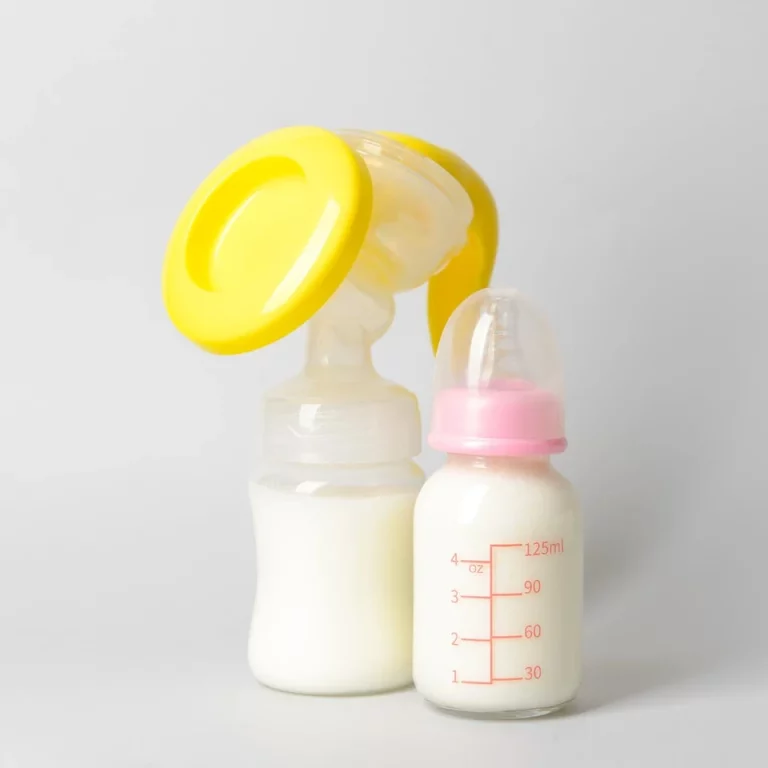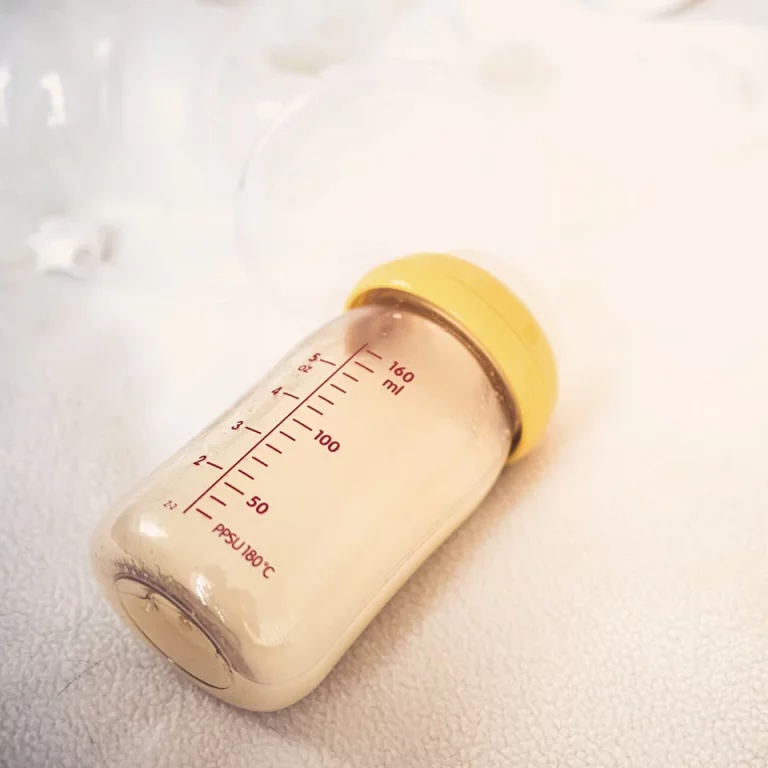Breastfeeding For Birth Control
Using breastfeeding as birth control can be done but there is still a possibility that you can become pregnant. Even if done perfect, there is a 2% chance you can become pregnant. There are very strict guidelines to follow if you hope to use breastfeeding for birth control. Doctors refer to the breastfeeding birth control method as lactational amenorrhea or LAM.
Lactational amenorrhea method (LAM)
Using breastfeeding for birth control is called the lactational amenorrhea method. The word lactational refers to breastfeeding and the word amenorrhea means not having a menstrual period. It is a method of birth control that may work for some but it is not as effective as other methods of birth control. The benefit of LAM is that it is natural. However, the downside is that unless followed very strictly, it has varying reliability. Many people have gotten pregnant unintentionally by using breastfeeding for birth control. Getting pregnant within a year of giving birth can be dangerous for many mothers.
How To Use Breastfeeding As Birth Control
In order to use breastfeeding for birth control, your baby has to be under 6 months old. Right after you deliver you are unlikely to ovulate in the first few months. The further you get from the baby’s day of birth the more likely it is that your body will ovulate or release an egg. Once an egg is released and you are sexually active, there is a chance you can become pregnant. It is important to note that the egg is released from the ovary about 10 to 14 days before your period. This means that you will ovulate once before your period returns. It is during this ovulation that women become pregnant unexpectedly. They don’t realize that their period has returned until 2 weeks later. If they had unprotected sex during this time, they could become pregnant.

If you would like to use the lactational amenorrhea method there are a few things you should know:
- Even if done perfectly, there is still a 2% chance that you could become pregnant. Becoming pregnant within a year of giving birth can be harmful to you and your pregnancy.
- It only works when your baby is under 6 months old.
- The baby must be exclusively breastfed. This means that other than essential vitamin supplements like Vitamin D, the baby does not have formula or any other form of nutrition other than breast milk. This is because it means that the mother is likely to be constantly stimulating the breast to remove milk from it. Repeated and regular breast stimulation and milk removal is what is needed to keep your body from ovulating. If you are pumping and not stimulating your breast often enough, you may ovulate. Exclusively breastfed babies tend to feed every 2 to 3 hours so if you’re pumping, this schedule should be mimicked. Do not go longer than 4 to 6 hours without breastfeeding or this method becomes unreliable.
- Remember if your period has come back, this means your body has started to ovulate. You should use a form of hormonal birth control or barrier protection so that you do not become pregnant unintentionally.
Breastfeeding As Birth Control: Take Home Points
Related: Postpartum Rib Pain
Getting pregnant too quickly after you have given birth is not recommended. Most gynecologists recommend waiting at least 12 to 18 months after giving birth before getting pregnant again. It is not safe for your health or the health of the pregnancy. While breastfeeding will delay ovulation for a few months, it is impossible to know how long that amount of time will be. Only use breastfeeding as birth control if you are able to breastfeed exclusively, your period has not returned, and your baby is under 6 months old. If you follow this perfectly, there is still a 2% chance you could become pregnant. Using barrier contraception or progestin only birth control can also be an option for breastfeeding moms who want to protect against unwanted pregnancy.
Sources:
Finger WR. Research confirms LAM’s effectiveness. Contraceptive update. Netw Res Triangle Park N C. 1996 Fall;17(1):12-14, 24. PMID: 12320442.
https://pubmed.ncbi.nlm.nih.gov/12320442/
Vekemans M. Postpartum contraception: the lactational amenorrhea method. Eur J Contracept Reprod Health Care. 1997 Jun;2(2):105-11. doi: 10.3109/13625189709167463. PMID: 9678098. https://pubmed.ncbi.nlm.nih.gov/9678098/
https://www.cdc.gov/reproductivehealth/contraception/mmwr/mec/appendixg.html
We discuss products we think are useful to people. If you buy something through our links, we may earn a commission. Remember to check with your personal physician to see if a product recommended is right for you.








